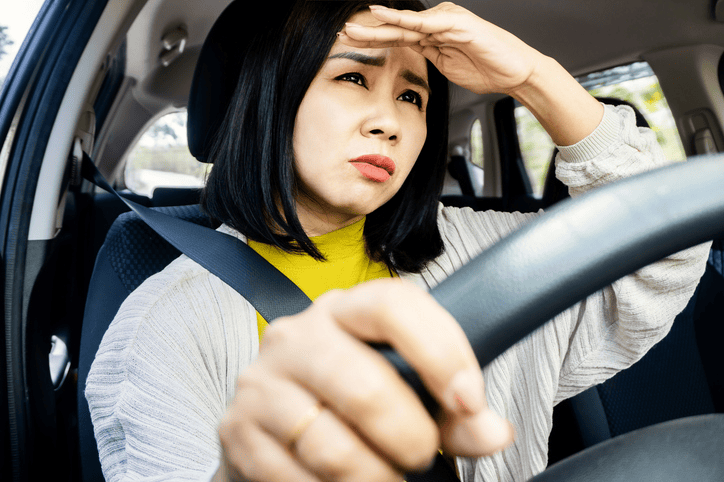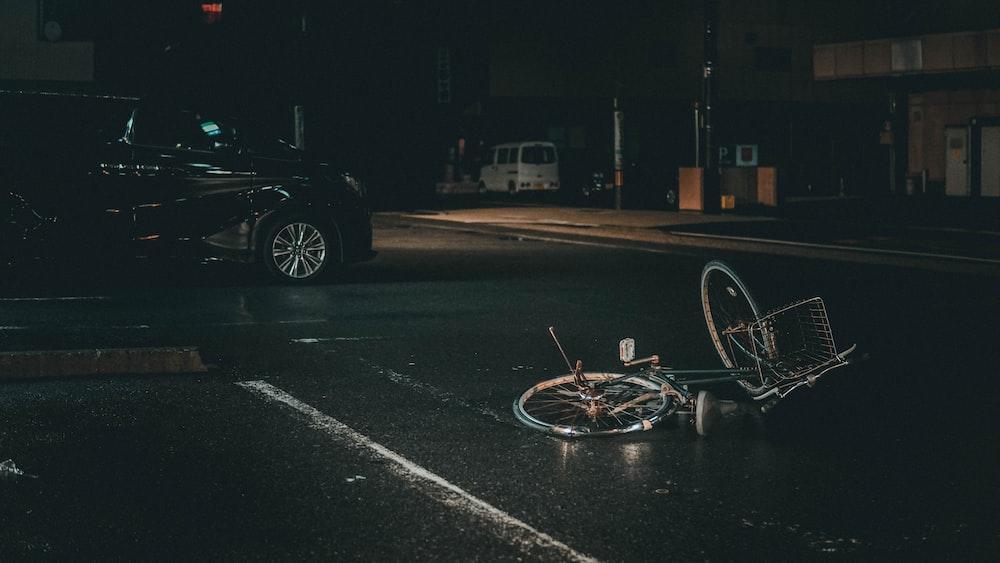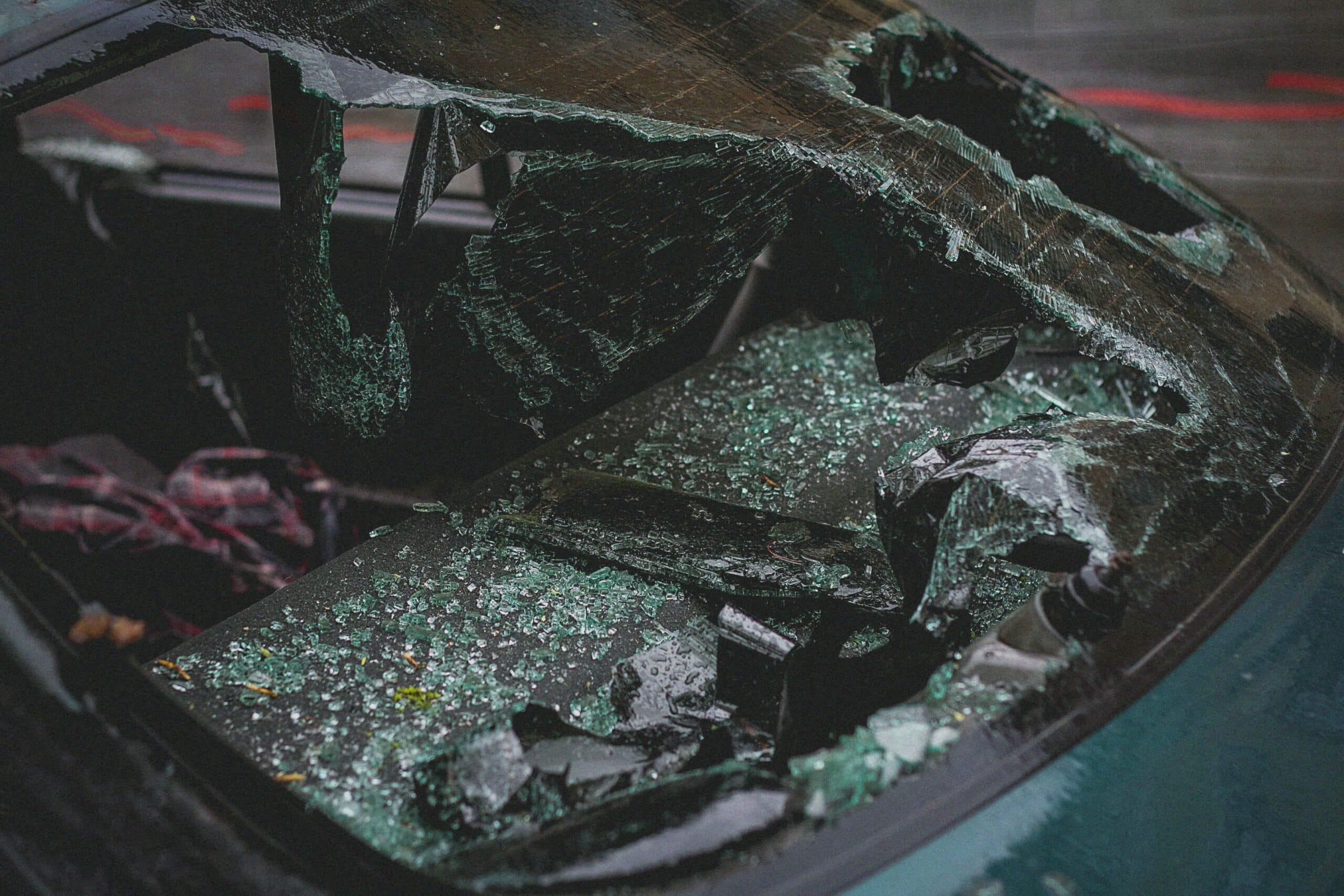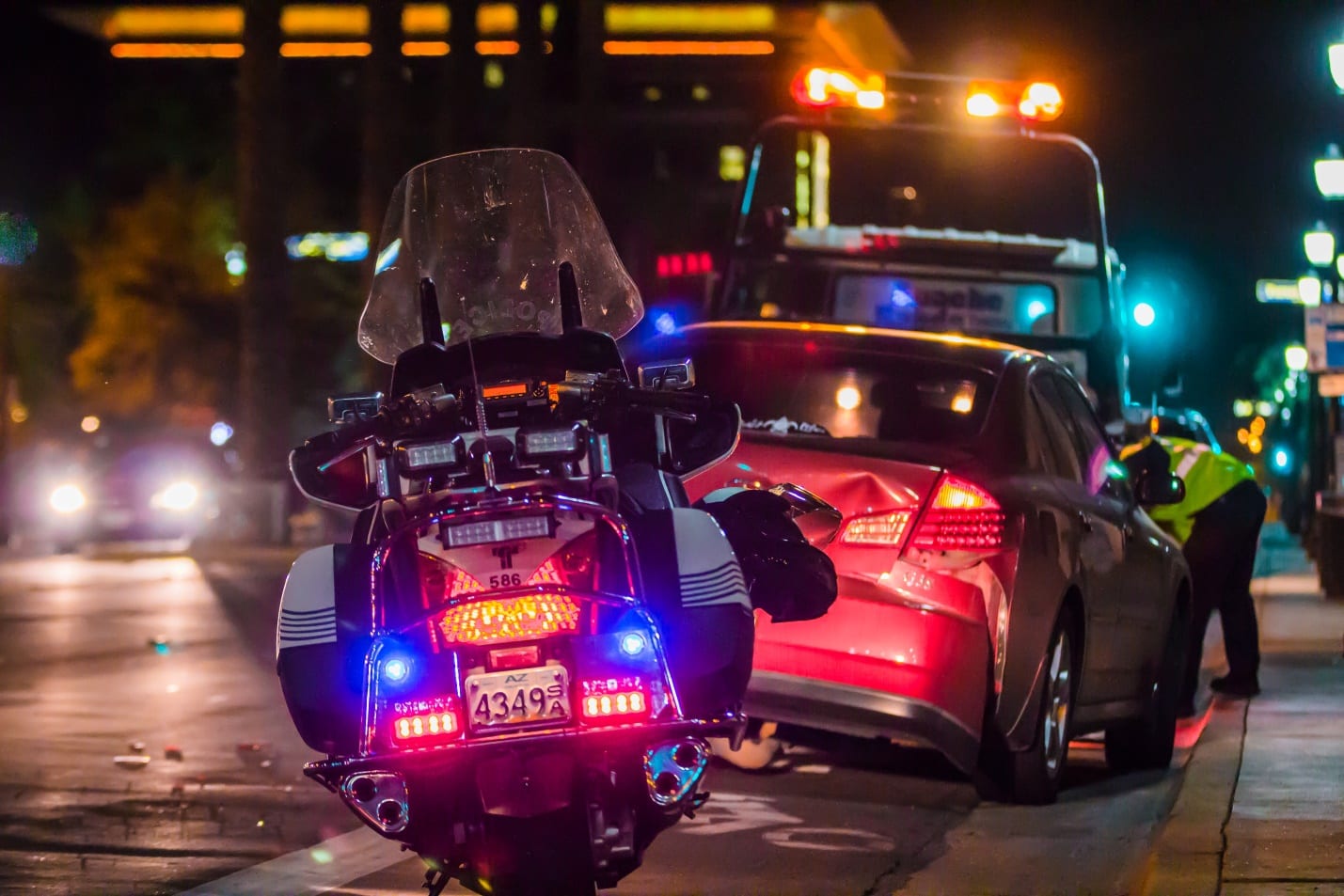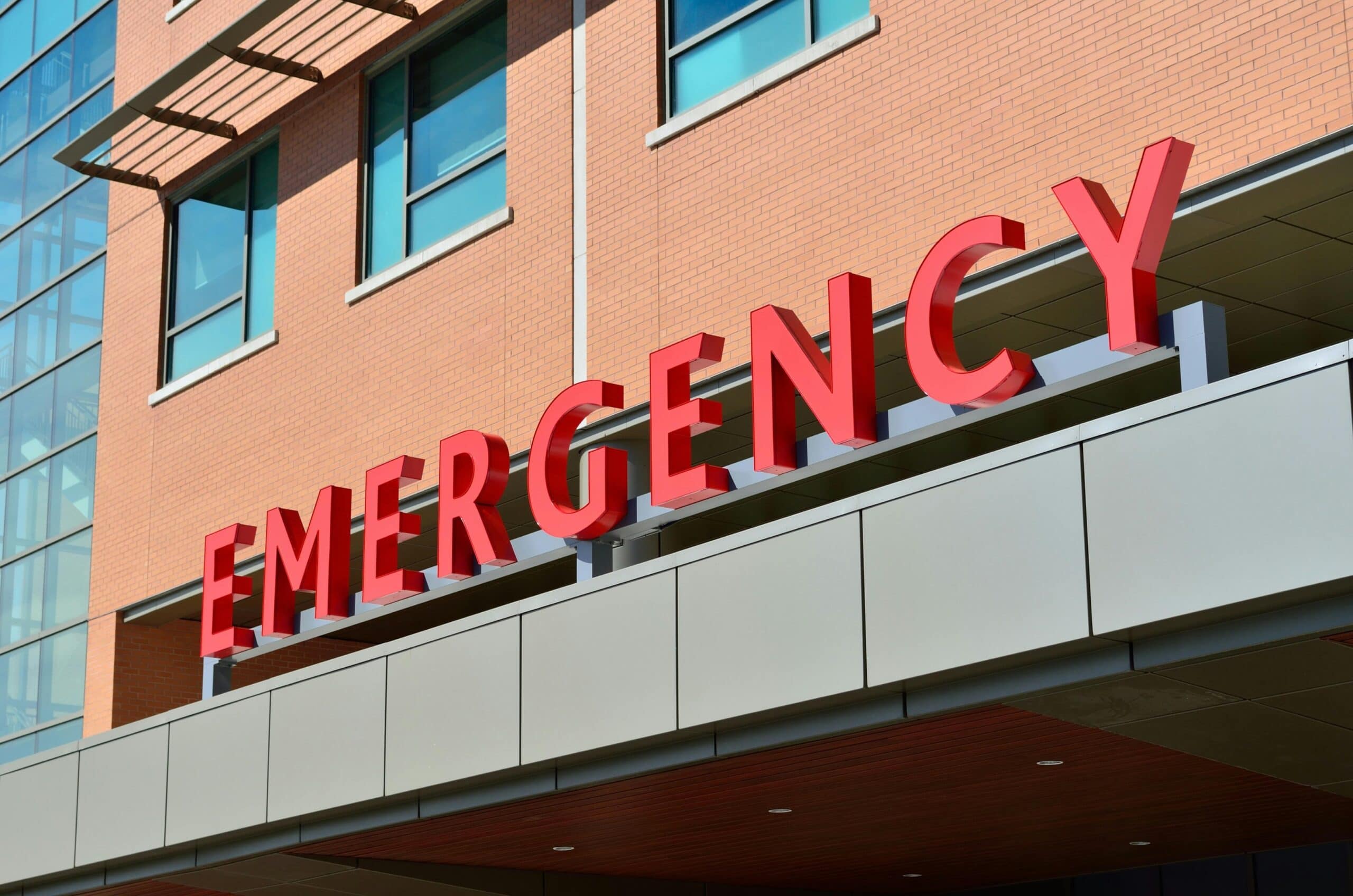
Imagine this: you’re on your way home in an Uber, thinking about dinner plans or the workday ahead, when suddenly—crash. In an instant, your life is turned upside down, and everything changes. That moment might be the first time you think of someone like us.
At Bourassa Law Group, our team of dedicated experts—many specializing in personal injury—stands ready to support you. Facing a service giant like Uber can feel overwhelming, especially when you’re uncertain about your rights. That’s where we come in—to guide you, fight for justice, and make sure you’re never left to face such challenges alone.
As a victim, you may face mounting medical expenses, lost wages, and emotional trauma. Determining the Uber accident settlement amounts you are entitled to requires a detailed understanding of Uber’s insurance policies, the claims process, and the unique factors of your case.
This guide offers a comprehensive overview to help victims navigate this challenging experience, with insights into real-life Uber accident cases, applicable laws, and legal strategies.
Policy Limits: How Uber’s Insurance Coverage Works
Uber operates with a tiered insurance coverage system designed to protect passengers, drivers, and third parties in the event of an accident. Understanding this framework is essential to filing a successful claim.
When it comes to Uber accidents, one of the most important aspects of determining a settlement is understanding the insurance policy limits. Uber has a substantial commercial insurance policy designed to provide protection to passengers and other parties involved in accidents. These limits have evolved over time, and it’s essential for victims to understand the latest figures to set realistic expectations for compensation.
As of the most recent updates to Uber’s insurance policy, the coverage limits are as follows:
- When the Uber driver is offline or not using the app:
- No insurance coverage: In these situations, the driver’s personal insurance is responsible for covering the accident, which may not always provide adequate coverage.
- No insurance coverage: In these situations, the driver’s personal insurance is responsible for covering the accident, which may not always provide adequate coverage.
- When the Uber driver is online but has not yet accepted a ride:
- $50,000 in bodily injury per person
- $100,000 in bodily injury per accident
- $25,000 in property damage coverage
- $50,000 in bodily injury per person
- $100,000 in bodily injury per accident
- $25,000 in property damage coverage
- When the Uber driver is en route to pick up passengers or has a passenger in the car:
- $1 million in third-party liability coverage: This coverage applies to injuries and damages caused to third parties in accidents involving Uber drivers.
- Uninsured/Underinsured motorist bodily injury: Coverage of up to $1 million is available in case the at-fault party is uninsured or underinsured.
- Contingent comprehensive and collision coverage: Uber’s insurance covers physical damage to the driver’s vehicle with a $1,000 deductible in the event the driver’s personal insurance doesn’t cover it.
- $1 million in third-party liability coverage: This coverage applies to injuries and damages caused to third parties in accidents involving Uber drivers.
- Uninsured/Underinsured motorist bodily injury: Coverage of up to $1 million is available in case the at-fault party is uninsured or underinsured.
- Contingent comprehensive and collision coverage: Uber’s insurance covers physical damage to the driver’s vehicle with a $1,000 deductible in the event the driver’s personal insurance doesn’t cover it.
These coverage limits reflect Uber’s effort to protect its passengers. However, it’s important to note that Uber’s insurance is supplemental and may only be triggered when the driver’s personal insurance is insufficient or not applicable.
Summary of Recent Updates
Coverage Based on Driver Status:
When waiting for a request, Uber provides partial coverage that includes third-party liability, while full coverage is provided only when en route to pick up passengers or while passengers are in the vehicle
Insurance Add-Ons:
Uber now offers optional add-ons for drivers, such as Injury Protection, which covers disability payments, medical expenses, and survivor benefits for family members in case of accidents. However, this is only available in specific U.S. states
Commercial Insurance:
For drivers using commercial vehicles, Uber mandates additional commercial insurance, which varies by vehicle type and state regulations
Accident Lawsuits:
In the event of accidents, several factors—like severity of injuries, fault determination, and insurance details—greatly influence the potential settlement value. Uber’s role in the incident and state laws surrounding rideshare operations can also impact the resolution of these cases
The Impact of Policy Limits on Uber Accident Settlements
The substantial limits of Uber’s commercial policy can lead to larger settlement amounts for victims, especially in cases involving severe injuries or extensive property damage. In cases where Uber’s policy limits are not enough to fully cover the damages, there may be options to pursue additional compensation. These can include:
- Claims against the driver’s personal insurance: If Uber’s commercial coverage is exhausted, the victim can pursue compensation through the driver’s personal insurance policy.
- Exceeding policy limits: If the damages exceed the available policy limits, victims may seek additional compensation through legal channels such as pursuing the personal assets of the driver or other liable parties.
How This Protects Victims
Uber’s insurance policy is designed to ensure that passengers receive compensation for injuries and damages, even when the driver’s or a third party’s insurance company refuses to cover the claim. This serves as a safety net for passengers when they choose to trust Uber for their transportation needs.
This coverage becomes particularly vital in situations where the Uber driver’s personal insurance or the third party’s insurance either falls short of the necessary coverage or outright denies the claim.
Here’s how this protection works in detail:
- Primary Coverage When the Driver is at Fault: Uber provides liability insurance that activates when the driver is at fault for the accident. This ensures passengers can access funds for medical expenses, lost wages, pain and suffering, and other damages without solely relying on the driver’s personal insurance policy, which may have limited coverage or exclusions for rideshare incidents.
- Uninsured or Underinsured Motorist Coverage: In cases where a third party (another driver) is responsible for the accident but lacks adequate insurance or any insurance at all, Uber’s uninsured/underinsured motorist coverage steps in. This guarantees that passengers are not left uncompensated due to circumstances beyond their control.
- Supplementary Commercial Policy: Even when the driver’s personal insurance is active, many policies have “business-use exclusions,” meaning they won’t cover accidents that occur during rideshare operations. Uber’s commercial insurance policy supplements or replaces such gaps, ensuring that passengers’ claims are not unfairly denied.
- High Policy Limits: Uber’s commercial insurance coverage typically includes up to $1 million in liability coverage per accident. This substantial amount provides ample resources to cover a wide range of damages, from severe injuries requiring long-term medical care to property damage and lost income.
- Direct Claims Process: Uber’s corporate insurance often allows passengers to file claims directly through their system. This bypasses potential delays or denials that can occur with individual drivers’ insurance companies, providing a more efficient path to compensation.
- Protection Against Claim Denials: If an insurance company denies the claim, Uber’s policy ensures there is still a route for passengers to recover damages. This is especially critical in cases where there is a dispute over liability or the extent of the damages.
- Legal Recourse for Bad Faith Practices: If Uber’s insurance provider engages in bad faith practices, passengers have legal avenues to hold them accountable. This includes filing lawsuits for denied claims or delays in payment, ensuring victims have every opportunity to secure fair compensation.
Claims Hierarchy in Uber Accidents
In Uber accident cases, claims are typically processed in a structured hierarchy.
Primary Responsibility
The initial responsibility for damages usually lies with the Uber driver’s personal insurance company. However, many insurance providers exclude coverage for accidents occurring during commercial activities, such as rideshare driving.
Escalation to Uber’s Insurance
If the insurance company denies the claim, Uber’s corporate insurance policy becomes the next line of defense. Additionally, if a third-party driver is involved, their insurance coverage may also be pursued, depending on liability.
Why Hierarchy Matters
This layered system can complicate the claims process, requiring victims to navigate multiple insurers and potentially dispute claim denial or low-ball offers. Engaging an experienced personal injury attorney is critical to ensuring that all liable parties are held accountable.
Determining Settlement Amounts in Uber Accident Cases
Uber accident settlement amount depends on several key factors. Let’s explore these elements and their implications for victims.
Severity of Injuries
Victims who sustain severe injuries such as traumatic brain injuries (TBI), spinal cord damage, or permanent disabilities tend to receive higher settlement amounts. This is because these cases involve not only immediate medical expenses but also long-term costs of care, rehabilitation, and potential lifelong consequences.
Real-Life Case Example:
In Doe v. Uber Technologies, Inc. (2017), a woman was seriously injured in an Uber accident in California. The Uber driver ran a red light, resulting in a T-bone collision with another vehicle. The victim sustained a traumatic brain injury (TBI), requiring multiple surgeries and years of rehabilitation. The accident caused her long-term cognitive and physical impairments, leaving her unable to return to her job as a graphic designer. Given the severity of the injuries, the victim received a settlement of $1.25 million. A large portion of the settlement was allocated for long-term care, rehabilitation, and compensation for the reduced quality of life.
Similarly, in Smith v. Uber Technologies, Inc. (2018), a passenger was paralyzed in a car accident caused by an Uber driver rear-ending another vehicle at high speed. The passenger, a 42-year-old man, suffered a spinal cord injury and required permanent mobility aids and 24-hour care. His lawsuit resulted in a settlement of $2.8 million, accounting for medical bills, future lost wages, and the long-term cost of home modifications and medical support.
Lost Wages and Earning Capacity
If you’ve missed work due to your injuries or are unable to return to your job, your settlement may include compensation for lost wages and reduced earning capacity. The more substantial the impact on your ability to earn a living, the higher the settlement may be.
Real-Life Case Example:
In Miller v. Uber Technologies, Inc. (2019), a victim was involved in an Uber accident in Chicago. The victim was a freelance consultant, and as a result of the injuries sustained in the crash—particularly a serious knee injury—he was unable to continue his work as a project manager. The accident forced him to miss several months of work and ultimately left him unable to return to his previous profession, as he was physically unable to travel for client meetings or manage projects. His settlement amounted to $750,000, with the majority of the funds allocated to lost wages and earning capacity. His lawyer successfully argued that his injuries would have a long-term impact on his income potential.
In Taylor v. Uber Technologies, Inc. (2020), a woman in Los Angeles was unable to return to her job as an executive assistant after suffering a broken leg and head injuries in a crash caused by an Uber driver running a stop sign. The settlement included compensation for medical expenses, rehabilitation, and lost wages, which amounted to more than $500,000, reflecting the financial burden caused by her inability to work.
Pain and Suffering Compensation
Pain and suffering compensation is meant to address the emotional distress and diminished quality of life that a victim experiences after an accident. This includes not only physical pain but also mental anguish, anxiety, and other emotional impacts. The amount awarded varies depending on the severity of the injuries and the overall impact on the victim’s life.
Real-Life Case Example:
In Johnson v. Uber Technologies, Inc. (2018), a woman from San Francisco was involved in an Uber accident when the driver crashed into a stationary vehicle on the side of the highway. Although the woman’s injuries were not immediately severe, she developed severe chronic pain and anxiety following the accident. Her pain included persistent back and neck issues, as well as post-traumatic stress disorder (PTSD). She experienced panic attacks and had to undergo therapy to cope with the psychological toll. Her pain and suffering damages amounted to $400,000, accounting for the lasting emotional and physical impact on her life.
In Lopez v. Uber Technologies, Inc. (2017), a 31-year-old father in Miami was involved in a head-on collision with an Uber driver. Although the man sustained only minor physical injuries, the accident left him with profound emotional scars, including an inability to drive and heightened anxiety whenever riding in a vehicle. His emotional distress and reduced quality of life were significant factors in his pain and suffering compensation, which ultimately amounted to $300,000.
Other Factors Affecting Settlement Amounts
Apart from the severity of injuries, lost wages, and pain and suffering, there are other factors that can influence settlement amounts, such as the clarity of liability, the Uber driver’s history of safe driving, and the insurance company’s response.
Real-Life Case Example:
In Wilson v. Uber Technologies, Inc. (2016), a man was involved in a multi-car crash while riding in an Uber vehicle. The driver was found to be at fault for failing to stop at a red light. The victim sustained moderate injuries and property damage to his vehicle. Despite Uber’s initial attempt to deny liability, the victim’s lawyer uncovered that Uber’s insurance policy was applicable, and the company was found liable. After a lawsuit was filed, the settlement was adjusted to $600,000 due to the insurer’s bad faith handling of the claim, with a significant portion allocated for property damage, medical expenses, and legal fees.
In Roberts v. Uber Technologies, Inc. (2019), the victim was injured in a minor fender-bender caused by an Uber driver. However, Uber’s insurance company initially refused to pay the full claim. After an aggressive negotiation process led by the victim’s attorney, a settlement of $500,000 was reached, including additional compensation for mental anguish and emotional distress caused by the insurer’s mishandling of the claim.
Steps to Take After an Uber Accident
1. Seek Medical Attention
Immediately seek medical care to treat any injuries and document your condition. Keep these medical records safe, as they will serve as crucial evidence when filing an Uber accident claim.
2. Report the Accident
Notify Uber through the app and file a police report. Reporting ensures that the accident is officially documented and tied to the rideshare service.
3. Gather Evidence
Take photos of the accident scene, collect witness statements, and keep all medical records related to your injuries.
4. Contact an Attorney
Engage an experienced personal injury attorney to handle the complexities of the Uber accident settlement and protect your rights during the settlement negotiations.
Exceeding Policy Limits: What Happens When Damages Surpass $1 Million
In cases where damages exceed Uber’s $1 million policy, victims have additional legal avenues:
- Pursuing the Driver Directly: If the Uber driver has personal assets, they may be held liable for excess damages.
- Filing Against a Third Party: In multi-vehicle accidents, other at-fault parties may be pursued for compensation.
- Exploring Other Insurance Policies: Victims may also claim under their own insurance policy or other applicable policies.
Why You Need Legal Representation
Navigating Uber accident settlement amounts requires in-depth knowledge of rideshare laws, insurance hierarchies, and the nuances of personal injury litigation. At Bourassa Law Group, our Uber accident settlement lawyers specialize in securing maximum compensation for victims, ensuring justice and accountability.
Conclusion
If you’ve been injured in an Uber accident, understanding your rights and the claims process is the first step toward recovery. By seeking professional guidance and taking prompt action, you can secure a fair settlement that addresses your medical bills, lost wages, and emotional suffering.
Contact Bourassa Law Group today for a free consultation with our experienced personal injury attorneys and take the first step toward securing your future.
